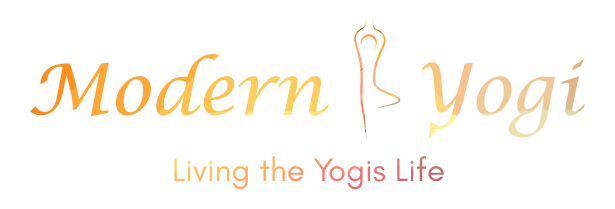The second of the Yamas is called Satya, the word means truth and in the yogic tradition, it refers to the quality of staying true in thought, speech, and action. To not exaggerate and not speak for things you don’t know. The word sat means “that which is, that which exists”, so this virtue negotiates the ability to see and communicating exactly what it is and not what you would want it to be. This maybe is extremely hard because the truth of the individual depends on his character, the way he grew up, his experiences, even his mood. Today you may find this color amazing, but the next day you may change your mind, for some people the sky is blue and for others is light blue, so we end up that truth is something subjective.
In the link below you will find the definition of the word truth, and I found really interesting that in all the categories (science, religion, personal) there isn’t something that is absolutely true, instead, it is defined as a really hard meaning and value that challenges a lot the world of philosophy. Even in searching the truth through science where it passes through extremely strict controlled procedures, it changes because of new discoveries, so the truth is being adjusted and enriched. (See the definition of truth on Wikipedia)
Applying Satya to Myself:
This is a really hard practice but at the same time really liberating. When we lie, the sages say, that we disconnect from our higher self, our mind is confused and we can’t trust our-self. Many times our Ego pushes us to do things that if we truly listened to our body or our heart we wouldn’t do. Usually, this behavior is activated because we want to prove something to others or even to ourselves, for example: if I succeed in this I have a value, or I will be accepted. In my yoga practice, for example, some days I will be tired or some poses are crossing my body’s limits and this is the time that the real yoga begins. How I face this situation, do I stay true on what my body and my energy are asking me to do? If I finally rest that day or make a step back from that pose, how do I feel? What feelings arise? It is the same for my life, for example, I maybe choose to do something because someone is pushing me, or because I don’t want to make him sad, or because I am thinking what they would say about me, or to avoid criticism, maybe I even feel guilty if I follow my truth. But, if I give space to what I am feeling and listen to myself, won’t I feel good? Feelings that come out by applying this quality are acceptance, freedom, caring and of course self-love. Life is better when you listen to yourself and when you love yourself for exactly what you are! And if we treat ourselves this way, aren’t we gonna do the same for our beloved ones…
Applying Satya to My Relationships:
To know my truth and express it is a valuable help in creating healthy and essential relationships, without compromises and egoism. This way I give space to the other person to truly know me and love me for what I am and not for what he thinks I am. Without masks and lies, the relationships I create are built on trust, which is really important because I feel free and secure at the same time. This way my relationships with others are building and evolving on stable & fertile ground and they can bloom.
Many times truth hurts, people often tend to hide behind the phrase “but, I am honest” and hurt their friend. One of the most important things that we should be aware of while applying Satya not to go against non-violence (ahimsa). If we find ourselves in a situation like this we must be really careful about how we will express our truth, or if we must stay silent to not cause pain. If we finally decide that there is no other way than to speak, then we should act with compassion and kindness. Ancient rishis advise us before we speak to take a step back and think: Is it really true? Is it necessary? Is it useful? Is it kind?
Patanjali Yoga Sutras says: ” To one established in truthfulness, actions and their results become subservient.” This ultimately means that by continuing to practice honesty, our life experiences become the results of this honesty and truth, and no longer based on fear and ignorance.
Practice:
- In the practice of asana once more our breath is the key. The space that I create for the breath to exist inside the shapes is the sign that shows that there is also space to hear, feel and observe.
- Space is really important so we will be able to see the truth. Every one of us has found himself in situations that we don’t know what we really want, or what we should do. In this situation, we should take a step back. Meditation can help us clean the scenery, that is sitting in a comfortable position with our eyes closed, our hands placed in our hearts, make the question that bothers us and see what is coming up. Be patient for the answer, give time… just continue the same practice until you truly listen, you will know that moment…
- Asato mantra from the Upanishads is used by many practitioners as a daily acknowledgment of moving towards truth. Chanting is the fastest way to connect within and concentrate:
Asato Maa
Om Asato Maa Sad-Gamaya
Tamaso Maa Jyotir-Gamaya
Mrtyor-Maa Amrtam Gamaya
Lead me from the unreal to real.
From darkness(ignorance) to light(knowledge).
From death to immortality.
Quote of the week: Stay true, Stay you!
Namaste




